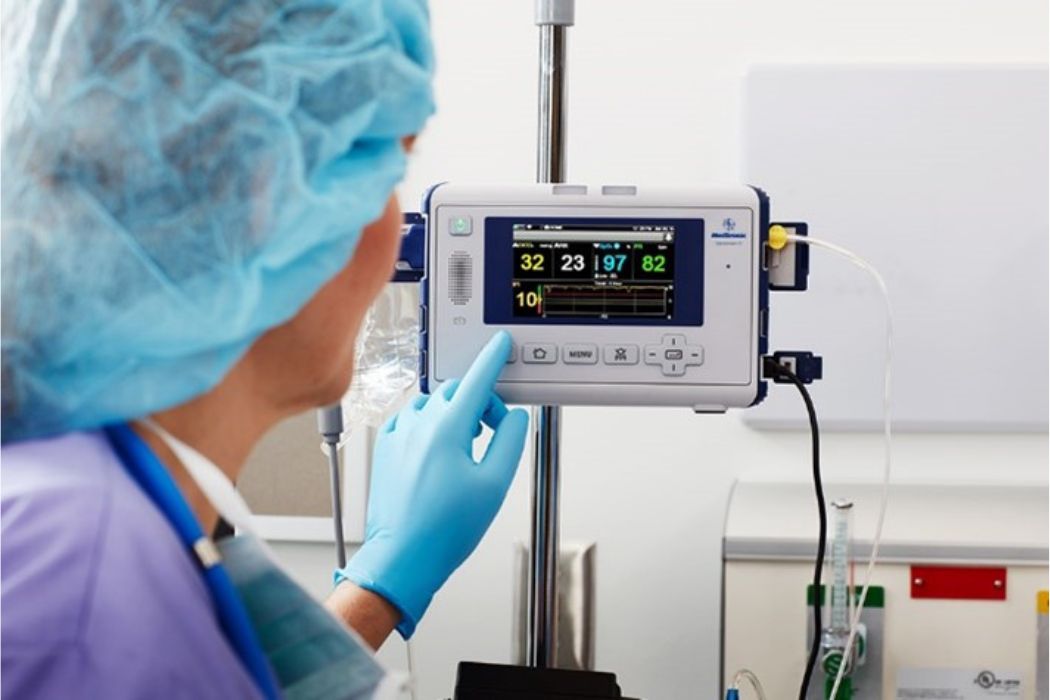References
1. Tobias, J. D., & Leder, M. (2011). Procedural sedation: A review of sedative agents, monitoring, and management of complications. Saudi journal of anaesthesia, 5(4), 395–410. https://doi.org/10.4103/1658-354X.87270
2. Jones, M. R., Karamnov, S., Urman, R. D. (2018). Characteristics of Reported Adverse Events During Moderate Procedural Sedation: An Update. The Joint Commission Journal on Quality and Patient Safety, S1553725017304750. https://doi:10.1016/j.jcjq.2018.03.011
3. Bhananker, S. M., Posner, K. L., Cheney, F. W., Caplan, R. A., Lee, L. A., & Domino, K. B. (2006). Injury and liability associated with monitored anesthesia care: a closed claims analysis. Anesthesiology, 104(2), 228–234. https://doi.org/10.1097/00000542-200602000-00005
4. Gallagher J. J. (2018). Capnography Monitoring During Procedural Sedation and Analgesia. AACN advanced critical care, 29(4), 405–414. https://doi.org/10.4037/aacnacc2018684
5. Saunders, R., Struys, M. M. R. F., Pollock, R. F., Mestek, M., & Lightdale, J. R. (2017). Patient safety during procedural sedation using capnography monitoring: a systematic review and meta-analysis. BMJ open, 7(6), e013402. https://doi.org/10.1136/bmjopen-2016-013402
6. Deitch, K., Miner, J., Chudnofsky, C. R., Dominici, P., & Latta, D. (2010). Does end tidal CO2 monitoring during emergency department procedural sedation and analgesia with propofol decrease the incidence of hypoxic events? A randomized, controlled trial. Annals of emergency medicine, 55(3), 258–264. https://doi.org/10.1016/j.annemergmed.2009.07.030
7. Hinkelbein, J., Lamperti, M., Akeson, J., Santos, J., Costa, J., De Robertis, E., Longrois, D., Novak-Jankovic, V., Petrini, F., Struys, M. M. R. F., Veyckemans, F., Fuchs-Buder, T., & Fitzgerald, R. (2018). European Society of Anaesthesiology and European Board of Anaesthesiology guidelines for procedural sedation and analgesia in adults. European journal of anaesthesiology, 35(1), 6–24. https://doi.org/10.1097/EJA.0000000000000683
8. Furniss, S. S., & Sneyd, J. R. (2015). Safe sedation in modern cardiological practice. Heart (British Cardiac Society), 101(19), 1526–1530. https://doi.org/10.1136/heartjnl-2015-307656
9. Gerstein, N. S., Young, A., Schulman, P. M., Stecker, E. C., & Jessel, P. M. (2016). Sedation in the Electrophysiology Laboratory: A Multidisciplinary Review. Journal of the American Heart Association, 5(6), e003629. https://doi.org/10.1161/JAHA.116.003629
10. Pickett, R. A., Owens, K., Landis, P., Sara, R., & Lim, H. W. (2018). Cryoballoon-to-Pulmonary Vein Occlusion Assessment via Capnography Technique: Where Does Occlusion Testing by End-Tidal CO2 Measurement "Fit" as a Predictor of Long-Term Efficacy?. Journal of atrial fibrillation, 11(1), 2055. https://doi.org/10.4022/jafib.2055
11. Hoyt, R.H. & Lim, H.W. 2015. Capnographic observations during cryoballoon ablation of atrial fibrillation. The Journal of Innovations in Cardiac Rhythm Management. 6(8): 2093–2099 https://doi:10.19102/icrm.2014.060805
